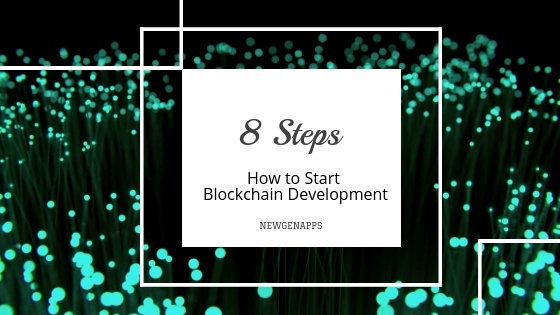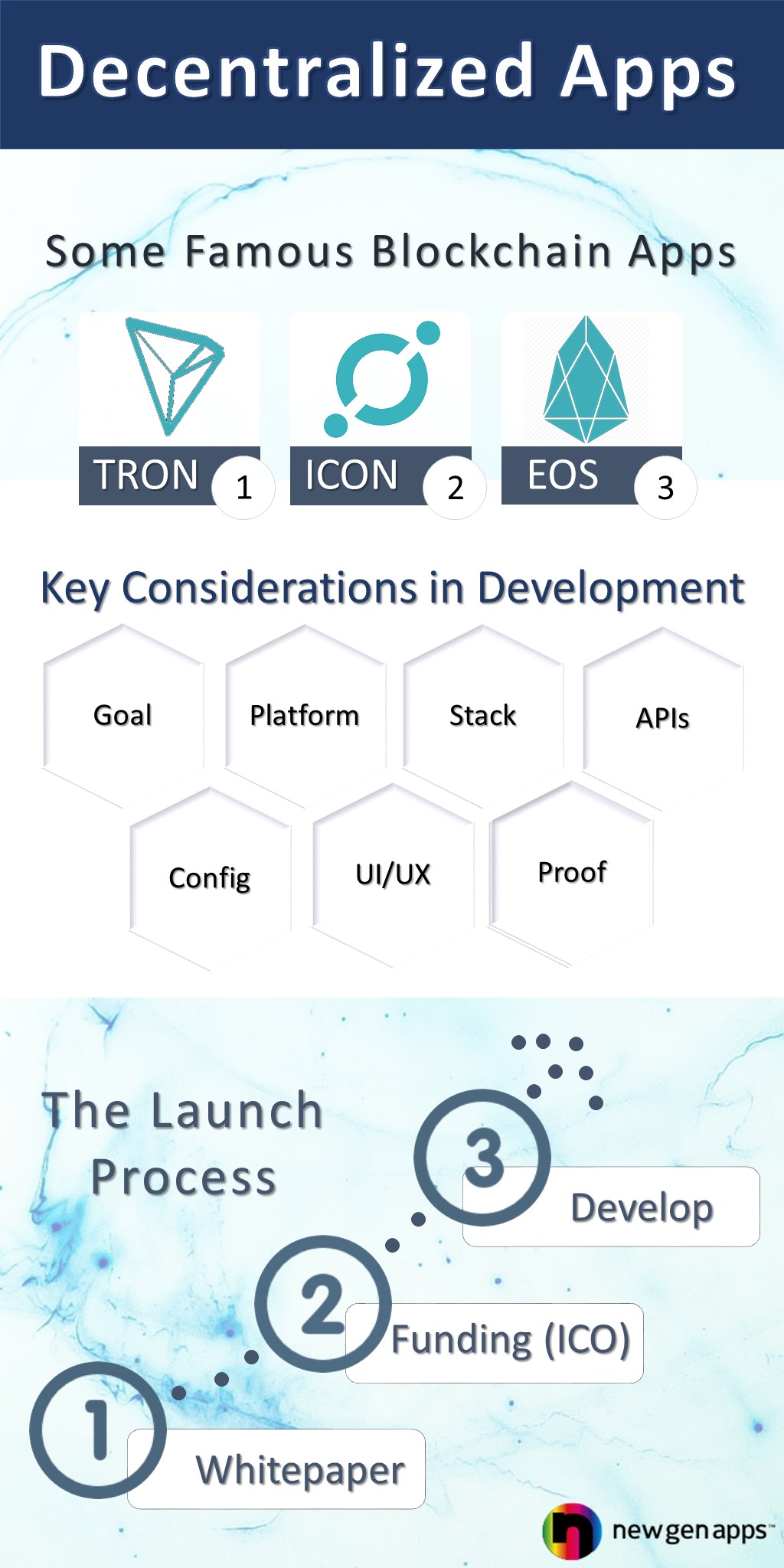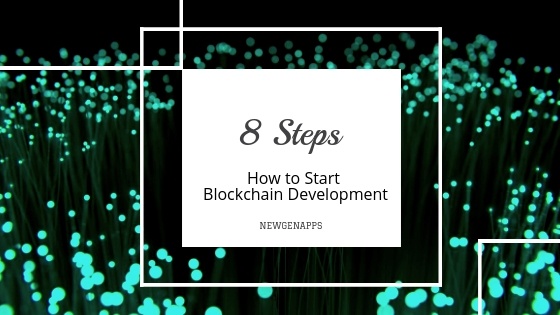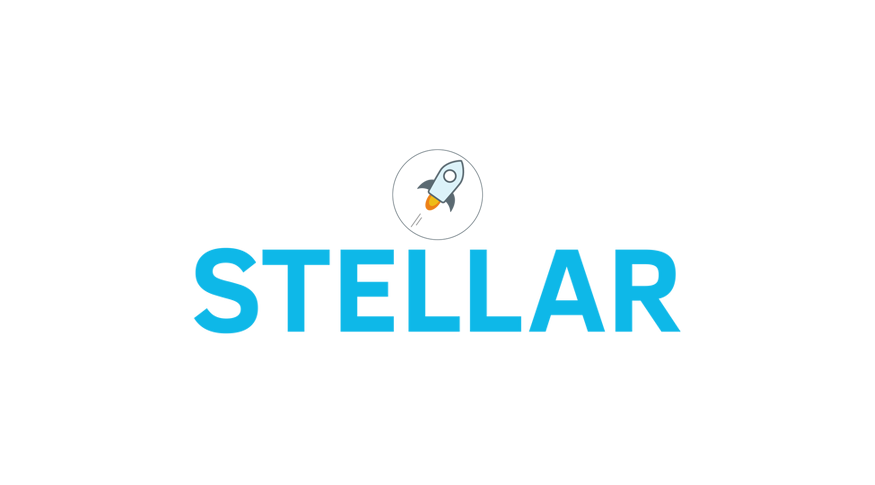Why banks plan to start their own digital tokens with Stellar Blockchain
The transfer of attitude within the market toward cryptocurrency and stable coins is commendable. Years since its beginning gain in popularity found...
3 min read
Sales : Feb 15, 2018 12:00:00 AM

Blockchain - the distributed, immutable, encrypted - digital ledger has gained considerable attention from the tech community. Today almost every centralized application, system or function can be decentralized. The common examples include currency exchange, banking, insurance, contract management, voting, etc. Thus, blockchain can eliminate intermediaries, secure data and bring transparency. These potential use cases of blockchain make it a very appealing technology.
In this blog, we will understand the process of developing a blockchain based application. We will study how to start with blockchain development and what are the key decisions to be made. The article is written from a non-technical perspective for people to gain a general understanding of the process.
Interested in Blockchain? Catch the latest developments, innovations and hacks with our free eBook:
This infographic is here to give you a gist of the content of this page for details read further:

Feel free to share this. Just give us a mention.

The process of developing any application starts with defining the problem statement. At this stage, you need to define the problem at hand and how you expect the application to solve it. Blockchain has earned considerable hype in the industry and there are many misconceptions around it. Chances are that you might able to solve your problem without the need of blockchain or maybe it is not solvable by blockchain either.
You need to decide if investing time and resources in blockchain makes business sense. Do a cost-benefit analysis, audit your internal capabilities and identify the issues and risks involved. If this analysis prove to be in favor of blockchain and then move to the next step else you are better off with traditional development.
Since blockchain is a decentralized system it requires all the members of the network to authenticate a transaction, this process is called consensus. For instance, Bitcoin uses proof of work as a consensus mechanism. While it is the most popular method there are many other alternatives available based on individual needs.
Among all the substitutes to proof of work, the following are the most popular - Proof of stake, Proof of Elapsed Time, Byzantine fault tolerant, Federated, Round Robin and Delegated Proof of Stake. You can choose the ideal method based on your individual use case.
Blockchain platforms help you build a decentralized application without creating a separate blockchain from scratch. Most of these platforms today are open source hence your choice should depend upon the consensus method and the problem you need to solve.
Some of the popular platforms include Ethereum, BigChainDB, Hyperledger Fabric, Quorum etc. While you make a choice ensure that you audit the pros and cons of each and identify the talent pool available for moving the development further. In case of an enterprise level blockchain app, you should lay special emphasis on the stability and security of the blockchain platform.
Blockchain solution can exist on the cloud, in-house or in a hybrid model. There are also multiple options for hardware and software configuration like processors, operating system, memory and disk size etc. Although this looks like trivial work you need to ensure the entire architecture compliments the high-level requirements of the application. We recommend using a cloud framework wherever possible as it supports agile working.
Further, you need to choose between the following types of blockchain solutions:
Configuring a blockchain application needs very careful planning. There are many aspects of the platform that once configured are very difficult to alter. Some of the key components include user permissions, asset issuance and reissuance mechanism, atomic exchanges, consensus, key management and structure, parameters, signatures, hand-shaking and address formats. This is a critical step so opt for expert consultation if you are still a rookie in this technology.
While you might get some pre-built APIs for development purposes you’ll need to create most of them for distinct use cases. Some of the common purposes for which an API is needed are:
Now that you know what is to be planned in the backed the last step is to create a UI and admin console for the application. At this stage, the decisions need to be made regarding the front-end programming language, servers and external database for the app. You will use this console for managing the soft launch of the application hence do incorporate proper analytics into the system.
Since Blockchain is still in its infancy it is recommended to use the MVP model for scaling the application. In this approach instead of developing the complete application, you develop a workable solution that is good enough to prove your hypothesis but not loaded with side features or high-end UI.
At this stage, you need to identify any performance issues, latency, crashes, storage or memory glitches. As and when the problem arises, find a solution, implement it and move further. This way you save critical resources that would otherwise be spent on scaling a meaningless solution.
Blockchain is a very powerful technology and it can be effectively coupled with other technologies like IoT, Big data, Artificial Intelligence, Mobile Apps etc. Technology experts are infact very positive about the future of blockchain. At NewGenApps, we have the right skills to give shape to your project whether it uses solely blockchain or a combination of some other techs. Get in touch today for a consultation or POC.

The transfer of attitude within the market toward cryptocurrency and stable coins is commendable. Years since its beginning gain in popularity found...

This a layman's guide to the meaning, applications, and benefits of Ethereum. The language is kept simple and non-technical to help you easily grasp...

Every year comes with new hopes, same goes in terms of new technological updating in 2019, where new ideas will enlighten up the new initiative in...